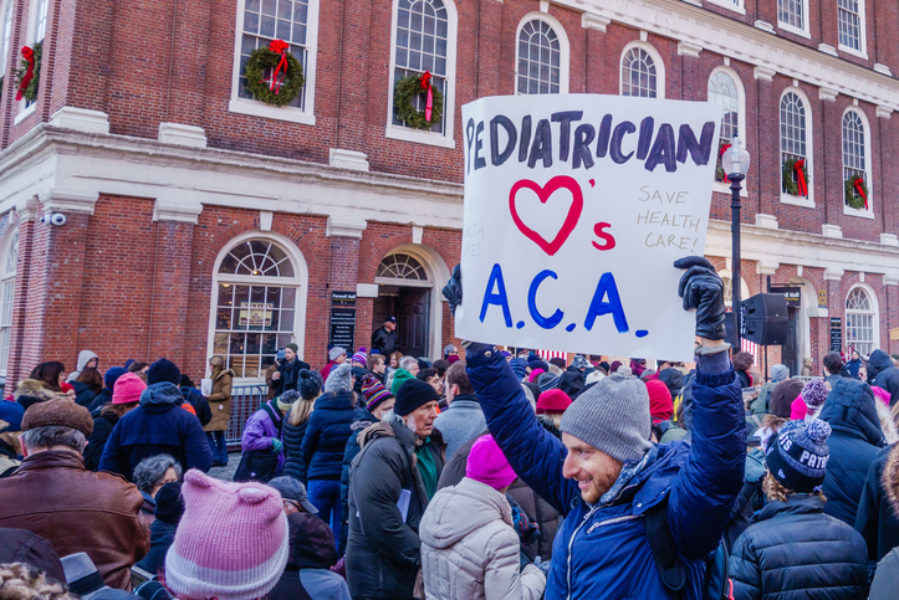
Executive Action as a Tool for Promoting Evidence-Based Public Health Decision-Making
Law & Policy InsightsGubernatorial executive orders and directives can serve as powerful tools for furthering public health goals. In addition to directing public health agency activities, establishing policies and priorities, and responding to emergencies, executive orders or directives can also play a role in shaping agency culture to promote effective public health decision-making.











